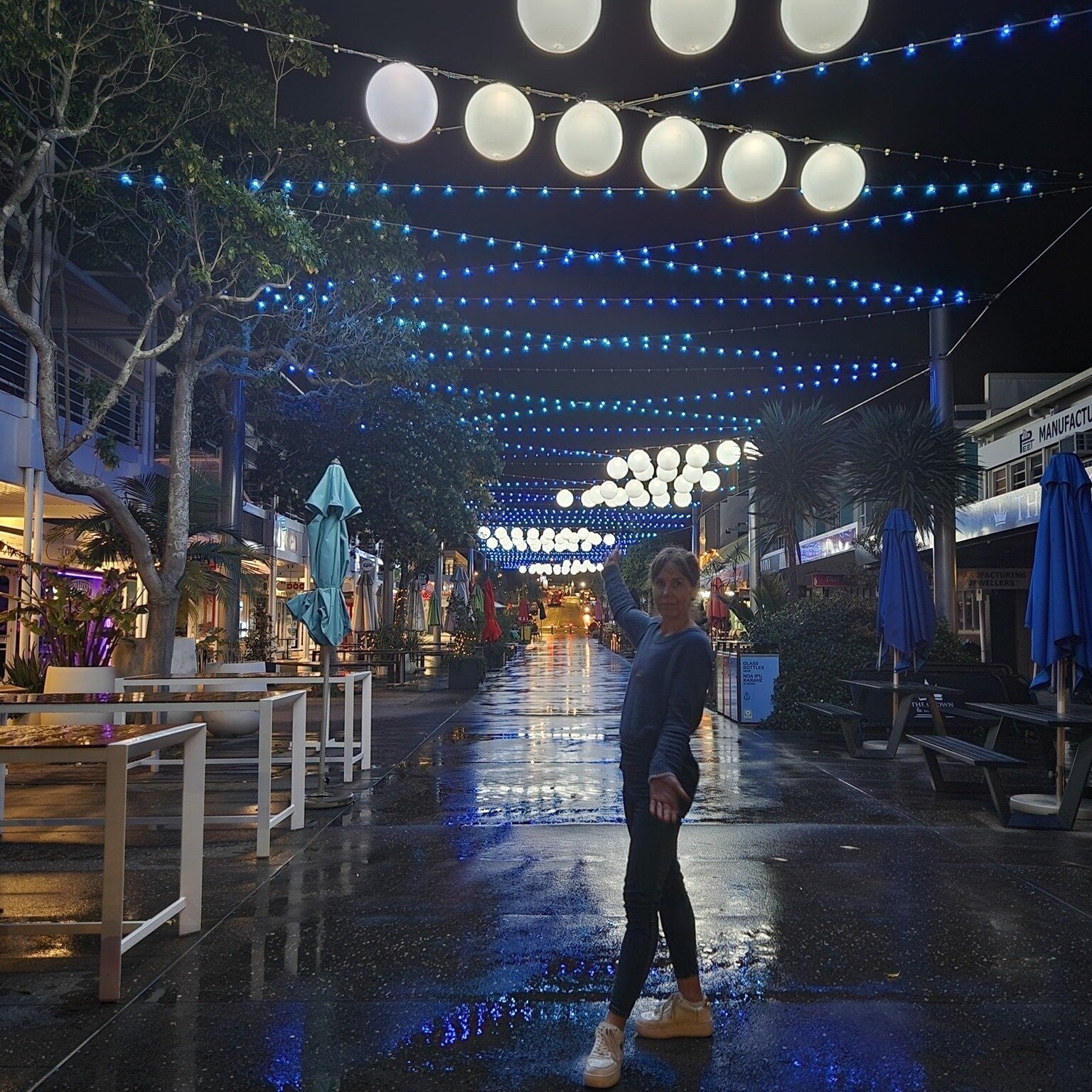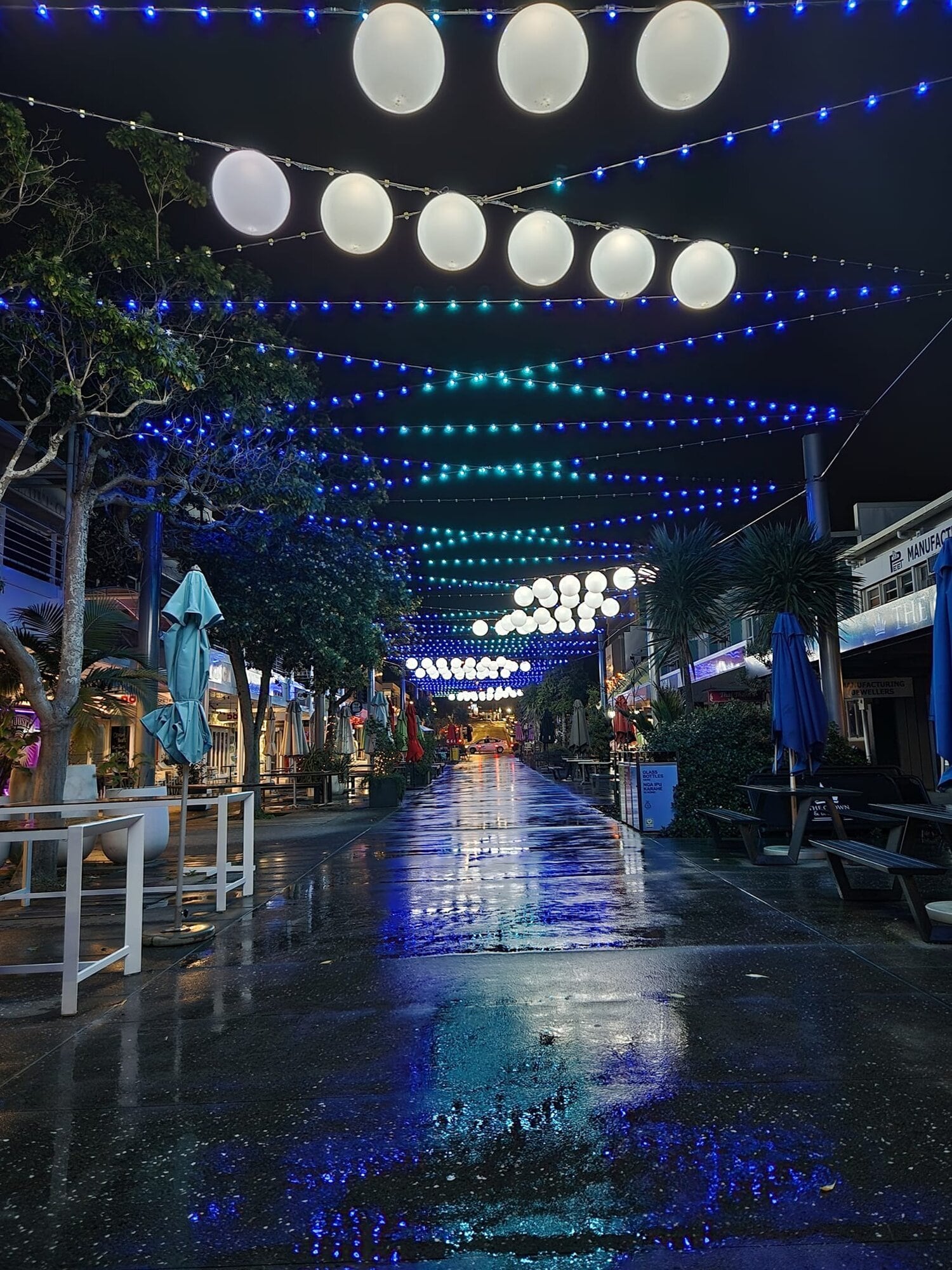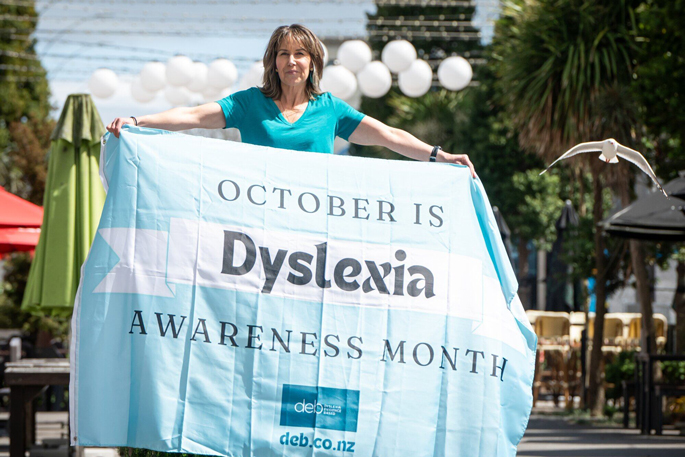A Tauranga CBD street will be awash in aqua blue this week for national Dyslexia Awareness Week 2025.
From October 6-12, Wharf St will join landmarks across New Zealand for Light It Up Aqua, a campaign that aims to shine a light – literally and figuratively - on dyslexia and the one in 10 Kiwis who live with it.
Dyslexia is a difficulty in reading that is not associated with impairment of intellect, vision or recognition of letters.
Mount Maunganui literacy tutor Heather Down, founder of Love Literacy Mount Maunganui, launched the campaign in 2023 by lighting up local sites in Tauranga.
The movement has grown into a national initiative, with councils, schools, businesses and community advocates illuminating landmarks across the country in aqua blue – the international colour for dyslexia awareness.
“The cost of exclusion is high, but the power of inclusion changes lives,” said Down.
“This campaign is about visibility, hope, and action for learners who are often left behind.”

Mount Maunganui literacy tutor Heather Down under the blue lights at night in Wharf St, Tauranga.
This year’s campaign is backed by a growing collective of literacy advocates, including Freedom Literacy, Pānui me te tuhi, Dot to Dot Literacy, Just Literacy, and Nicky Collins, an RTLit (Resource Teacher of Literacy) at Tawhero School.
It is also proudly supported by The DEB – Dyslexia Evidence Based – a NZ organisation dedicated to science-backed approaches in dyslexia education.
“I’ve worked very hard to ensure all of my tutoring and advocacy work is evidence-based,” Down said.
She said despite being a common specific learning difficulty, dyslexia remains widely misunderstood.
Dyslexia Evidence Based websites such as www.deb.co.nz outline how dyslexia is not a vision problem. People with dyslexia don’t “see letters backwards”.
It’s a language-based difference that affects how the brain processes written and spoken language – especially decoding, spelling and reading fluency.
It also has no link to intelligence. International expert Louisa Moats debunks popular myths about dyslexia highlighting that people with dyslexia are often bright, creative, and capable, pointing to famous dyslexics Albert Einstein, Agatha Christie and Richard Branson.
The lifelong neurodevelopmental condition affects 10-20% of people and one in 10 Kiwis.
Dyslexia doesn’t “go away” with age, but with the right support – such as Structured Literacy – learners can thrive.

Wharf St, Tauranga at night.
Children with dyslexia may seem distracted or unmotivated, but they’re often frustrated by the challenges traditional teaching presents. Avoiding reading or writing is often a response to repeated difficulty – not laziness.
Dyslexia affects both boys and girls. Boys are more likely to be referred for support, often because they express their frustration more outwardly.
Structured literacy – a research-backed approach involving phonemic awareness, phonics, fluency, vocabulary, and comprehension – is highly effective.
Dyslexia can also affect spelling, writing, maths, working memory, time management, and organisation.
As Dyslexia Awareness Week 2025 begins, Down hopes the Light It Up Aqua campaign will continue to build momentum — and push for systemic change in how learners with dyslexia are supported.
“We want this to be more than just symbolic,” she said.
“This is about making NZ a more inclusive, informed, and compassionate place for all learners.”

